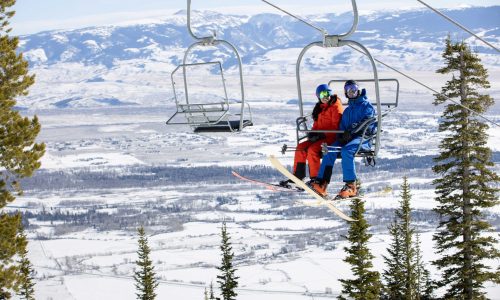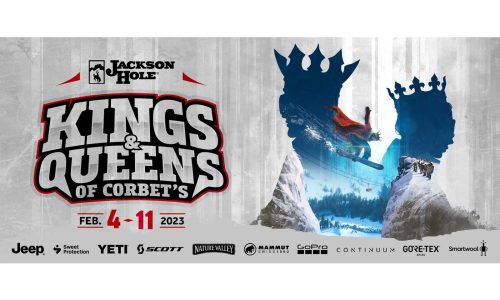Home » Gear Reviews » Ski & Snow » Bindings » AT Bindings » Bishop 2.0 telemark binding
Bishop 2.0 telemark binding Review
March 13, 2015 81
81 The Good
- Exceptional Torsional rigidity
- Adjustable activity
- Powerful turns
- Indestructible
The Bad
- Heavy
- Sufferable touring mode
The Bishop 2.0 is the binding of choice when you want to be able to carve free heeled tele turns on hardpack as well as you can with a locked heel. Beyond the requisite skill required for this, the Bishop delivers unparalleled torsional rigidity with a solid metal plate.
Veteran telemarkers may recall their shock when they were introduced to the Bishop at the turn of the century; a full metal plate binding that had, obviously, superior torsional rigidity. With the Bishop 2.0, as it has ever been, the only lateral slop that remains in the turn is due to the boot and the driver’s skill. If you’re fully certified to be laying down trenches on hardpack with a free heel, the Bishop will help you do it better.
This implies that Bishop is a very active binding, one that exhibits a lot of tension to raising your heel in a tele turn. Indeed, it can be, and those who want to carve tele turns at speed tend to like more resistance in the heel, but the Bishop can also be dialed down to a less active setting, say for when you want a light touch because it’s deep and light today.
Moving the pivot position of the cable means unthreading a bolt on one side of the plate with a small, lightweight, 5mm hex driver, removing the axle, then moving the knuckle of the yoked plate to the new pivot location and tighten it al l back up. It’s a simple operation that only takes a few minutes provided you’re mechanically inclined. This is where you’ll appreciate first hand the quality of CNC craftsmanship blending aluminum, stainless steel, and titanium parts for a binding that is no heavier than many other tele bindings.
More than likely if you’re looking at a Bishop you may actually want to dial up the tension. The 2014 Bishop offers something not seen since the original, a toe platform with a higher ramp angle to engage the resistance of the boot’s sole further forward, and thus turn on edge pressure faster in the turn. In the original Bishop, the shape of the toe platform had a more pronounced ramp angle before tapering off. In the 2015 Bishop, you can add Power Wedges, plastic plates with varying ramp angles, that you snap on to the front of the toe to mimic this same response. The difference is, with the new version you can adjust it to your liking.
Besides being able to adjust the pivot, that same allen key will let you shift the binding position fore or aft 1cm by simply moving the toe block to a different position on the aluminum baseplate. And while you’re noticing, the baseplate can be quickly shifted an additional 2 cm as well, allowing for a lot of adjustment without having to drill more holes in your new skis.
Without a free pivot it is hard to recommend the Bishop for backcountry forays but since it is a free heel binding, it certainly won’t prevent you earning your turns. In fact, it does come with a medium height heel riser in case you decide a drop down the backside is worth the climb back up, regardless of the weight (2 lbs./foot), or resistance laden touring.
The main reason you want a Bishop though is because you’re ready to match the speed of your alpine friends and you want no compromise to edge hold. For that, Bishop delivers.


















